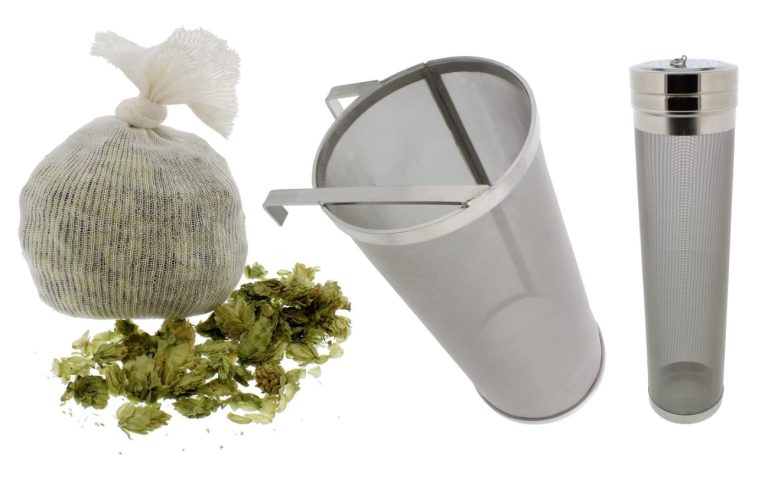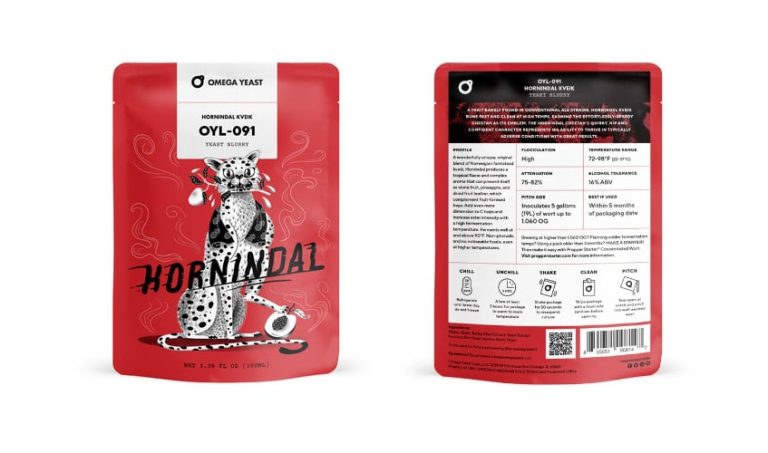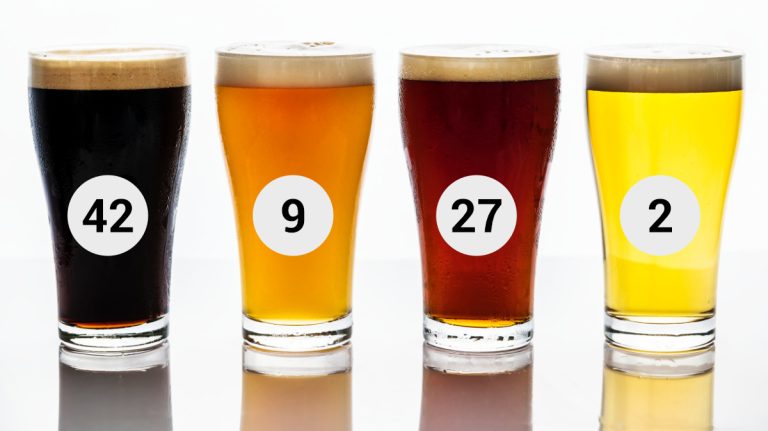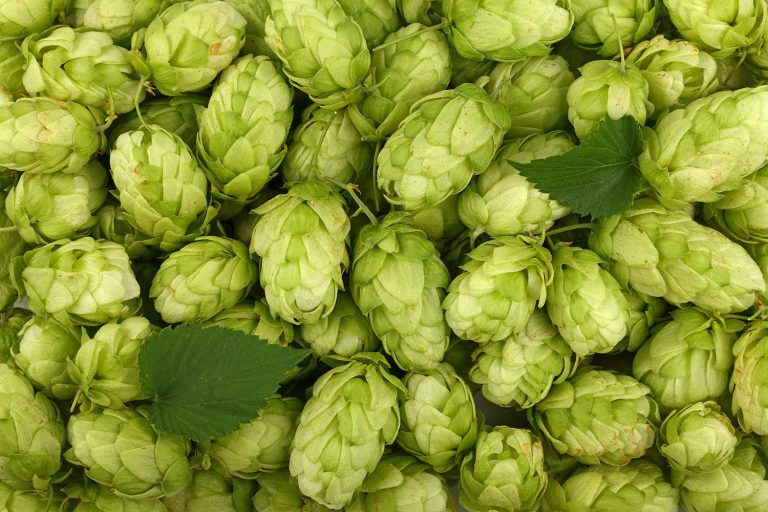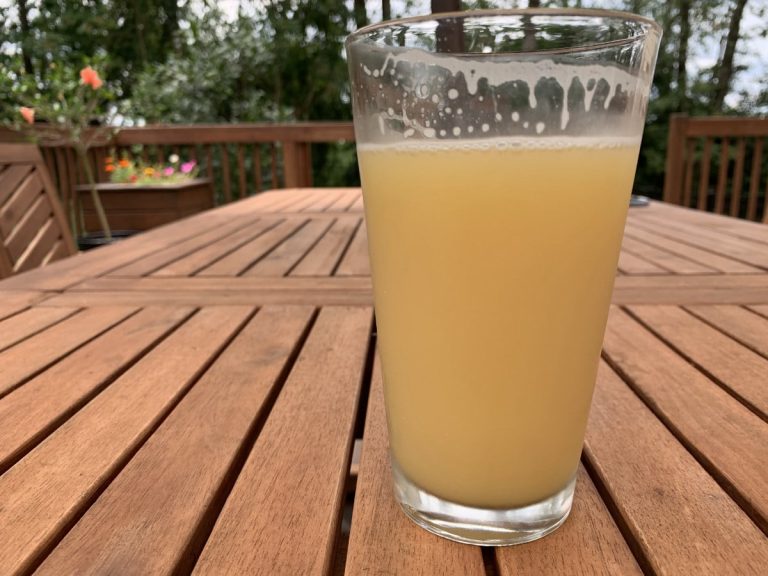The Best Hop Varieties To Grow Yourself
Hops (humulus lupulus) are the flowers that are grown on the female plant’s bines. They resemble little green pine cones and can be dried or used fresh in brewing beer. Hop plants are a perennial climber, which means that if you decide to grown your own hops, you’ll need to buy or build a trellis.
In order to grow hops yourself, you will need to purchase or find a rhizome of that particular plant. Rhizomes are parts of the root system of a plant that will allow you to restart a new plant.
In the past, we looked at the process to grow your own hops at home. We discussed the best soil type, optimum sunlight levels and the perfect time of year to plant the rhizomes. Growing your own hops is not only rewarding, but cost effective… if you do it right.
Once you decide to grown your own hopes, your next question will likely be “What we are the best varieties to grow yourself?” In this article we answer that exact question!
What You Cannot Grow
Unfortunately, every variety of hop is not available to be homegrown.
Don’t expect to grab Citra or Mosaic rhizomes and start growing all of your favorite hops. Patented hops like these two are not available to home growers like us.
So how can you tell if a hop is available to be home grown?
Well, for starters, our database of over 260 hop varieties from around the world indicate whether a cultivar is “owned” or not. Any hop that isn’t proprietary can technically be grown at home. The question then becomes where to find the rhizomes.
I sifted through or database for you to find the most popular hops you can grow yourself, along with some tips from the home growers that have already attempted it.
Hops Seeds or Rhizomes?
Hop seeds and hop rhizomes are both important for the cultivation of hops, a key ingredient in beer-making. However, they are different in several ways:
- Planting: Hop seeds are planted directly in soil, while hop rhizomes are planted as root cuttings.
- Growth: Hop seeds take longer to germinate and grow into mature plants, often taking 2-3 years before they can produce the green/golden fruit we all want. In contrast, hop rhizomes can grow into mature plants in a single growing season.
- Varieties: Hops seeds produce genetically diverse plants, whereas hop rhizomes produce clones of the parent plant.
- Availability: Hop seeds are less commonly available than hop rhizomes, which can be purchased from many commercial nurseries and garden centers.
- Cost: Hop seeds are generally less expensive than hop rhizomes, but they take longer to produce hops.
If you want to start your hops by seed, utilize the technique of “cold scarification” to encourage hop seed germination. An effective approach involves placing the seeds in a mixture of moist sand, and refrigerating them at approximately 41 degrees F for a period of one to three months. Following this, plant the seeds at a temperature of 68 degrees F for a duration of one to two months. If the seeds don’t sprout, repeat the process by returning them to the refrigerator.
Another issue with hop seeds is that the resulting sprouts may be either male or female. The problem here is that the female plants are the only ones that produce hop cones. Male plants are only used for generating new hop varieties via new seeds, and likely have no use to the home grower.
Hop rhizomes are the preferred method of propagating hop plants due to their faster growth and ease of planting. However, hop seeds can be useful for creating new hop varieties or for home brewers who are not rushing to produce hops.
Grades of Rhizomes

When looking at hop rhizomes, you’ll notice that there are a few different classifications of the rootstock.
- Hops marketed as “field grade” are generally at least 4 months old with a well established root system.
- Hops not marked as field grade are mostly picked from older stock and are generally larger, more mature plants of varying size.
- “B” grade rhizomes might be small, have minor cuts or have less growth nodes than normal. We suggest you plant more than one of these per hole.
It is also important to pick up more than one at a time. It is not uncommon for a rhizome to die after being planted. Rhizomes are cheap enough that we recommend purchasing at least a couple of different varieties as well as a few rhizomes of each. It can take up to 2-3 years to produce meaningful yields from homegrown hops, so you wouldn’t want to waste a year by planting a dud or two.
Some varieties are more heat-resistant than others, and some are more susceptible to molds, diseases and pests. However, hops are typically hardy once established for a few years in the ground.
The last thing to look at when buying hops is to determine if you want to grow bittering, aroma, or dual-purpose hops. Our suggestion if you’re new to growing hops, is to choose dual-purpose hops, as they will be the most useful.
Location, Location, Location
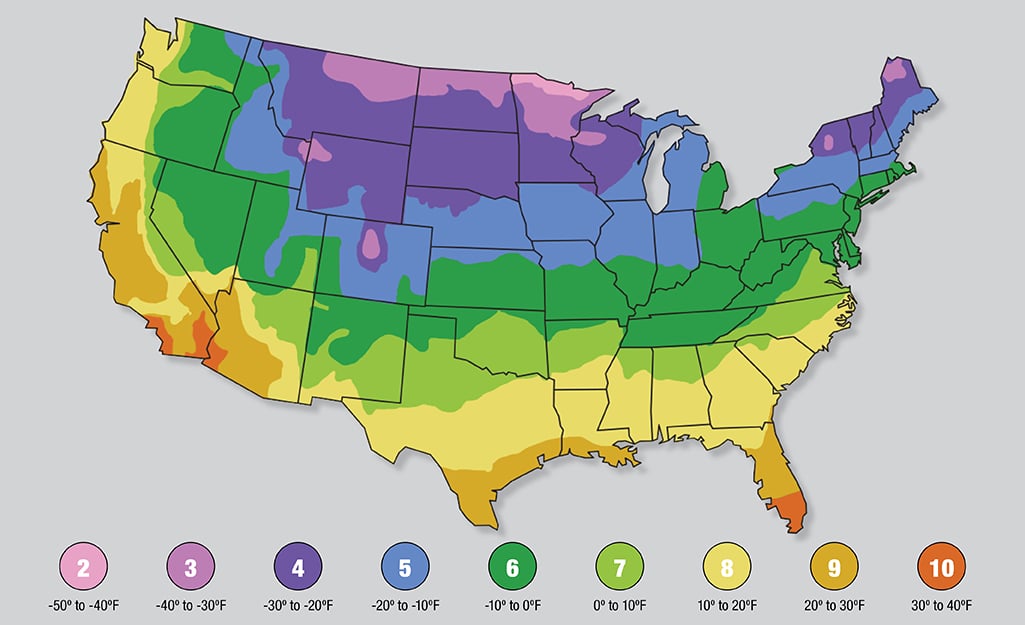
While hops will grow in just about any climate, it is important to pick a variety that is known to do well in your area. Hops grow best in US hardiness zones 5 through 8.
If the growing season is either too hot or cold, hops may become stressed, leading to off-flavors like onion or garlic. Hops need to get at least eight hours of sun a day, though some extra shade helps in hotter environments.
Making the Purchase
There are a lot of places online to buy hop rhizomes. Heck, your local LHBS may even have a couple come spring. Many online stores will begin taking preorders for the next season immediately after prior year’s hop harvest – usually late September (in the Northern Hemisphere). However, you won’t receive your new plants until the spring. It is then best to get them into the ground immediately after receiving them.
A few of my favorite online stores to buy hop plants are:
- BuyHopRhizomes.com – This online store often runs specials of “B” grade bundles of 50 or more plants.
- Northern Brewer – I like to buy from smaller outfits, but their free shipping on any order over $40 makes for a great deal. NB frequently has a very limited number of varieties for purchase.
- RockinHops – Rockin’ Hops only sells rhizomes that are at least 1/3 inch thick to increase their viability. They also have decent pricing and a wide selection available.
- Thyme Garden – This online store has what appears to be the widest selection of rhizomes anywhere. They have hop varieties listed that I have not been able to find anywhere else.
- Great Lakes Hops – This online store has a ton of hops, even some that I’ve never heard of. Each rhizome they sell is one complete dormant crown, or a field-ready transplant. GLH has hops that they consider “field grade” that they sell before the hop becomes commercially grown. Some of these hops may flame out, or may turn into the next “it” hop. You may not be able to see into the future, but you can try to grow some of them yourself. Some of the more promising ones include Petoskey, Saugatuck and Arcadian.
Grow Some C-Hops
Cascade
Cascade is the hop variety that made hops famous. It single-handedly defined the American Pale Ale style. Defined by its citrus, and often more specifically grapefruit flavor, this hop accounts for around 10% of the US’s harvest of hops. Cascade …
Alpha Acids: 4.5-9%
Beta Acids: 4.8-7.5%
Cohumulone: 30-40%
Country: USA
Purpose: Dual
Total Oils: 0.7-2.5 ml/100g
Profile: grapefruit, floral, spicy, citrus & pine
C-hops are used an enormous amount in IPAs. Luckily for you, all but one of the hops that make up this group are available to be grown at home.
- Cascade is considered the easiest hop to grow. It is extremely versatile and hardy with a high yield potential. These vigorous growing plants (15 ft or more) will outgrow just about any space given to them. Cascade hops ripen early, usually in August.
- Chinook is another hop that lots of home growers have had a lot of luck with. It often comes with a strong pine aroma, but has been known to give off slight citrus flavors as well.
- Centennial – Don’t surprised if this variety takes a bit longer than others to get going. Many times Centennial plants take a few years longer than their C-hop brethren.
- CTZ – If you want a super-alpha plant, take your pick from Columbus or Zeus rhizomes here. This would be a perfect super-alpha variety to grow at home. Columbus hops are known to grow well in almost any climate.
- Comet – Comet is the closest you can get to Citra, as it is sometimes referred to as “Citra’s Little Sister”.
- Cluster and Crystal are two commonly overlooked members of the 7-Cs group. However, these two have been cultivated in the US for many years, with Cluster being one of the oldest.
High-Alpha Bittering
- Nugget is the recommended mid-alpha bittering hop for beginners.
- Magnum or Galena are perfect neutral bittering hops. These hops will work in just about any beer and grow fairly easily just about anywhere in the US.
Old World Flavor
- East Kent Goldings – Genetically all the Golding variants are the same, it is terroir – the natural environment – that makes hops unique. So “East Kent” flavor is from the Golding hop being grown in Kent’s brick-earth over a deposit of chalk. Many times you will simply see this variety labeled as “Golding” when sold as a rhizome.
- Hallertau Mittelfrüh – Quite possibly the most iconic of all German hops, this hop is considered a difficulty for home growers. It has low alpha, low cohumulone, low oils and poor storage ability. Consider Mount Hood as an easier alternative to this variety.
- Spalter Select, Fuggle or Saaz – These noble hops will provide their distinct European flavors, but usually with much lower yields than the hybrids (almost all others we’ve listed on this page).
Dual-purpose hops will give you the most bang for your buck. Any yield coming from a dual-purpose hop plant will provide you a product that will work for either aroma or bittering.
- Mount Hood – Tends to be vigorous, higher yielding, and nearly seedless, which is a bonus for hop happy craft brewers. It has nearly identical aroma qualities as Hallertau Mittelfruh, but is much easier to grow in the US.
- Perle – This German dual-purpose hop has been time-tested in the US, being released in the states in 1978.
Go Exotic
- Cashmere – If you make a lot of saisons, this hop may be perfect for you. I’ve also had my fair share of IPAs made with this hop as well.
- Southern Cross – Not many “down under” hops are available, but this New Zealand hop is.
- Tahoma was released by the USDA in 2013 and hits big on the citrus and spice aromas.
- Rakau (AlphaAroma) – Sold as AlphaAroma, this hop is a uniquely bred New Zealand hop. As with many other Southern Hemisphere hops, this one is big on tropical fruit and citrus aromas.
Featured photo of Chinook hops by Mark Ahlness.


